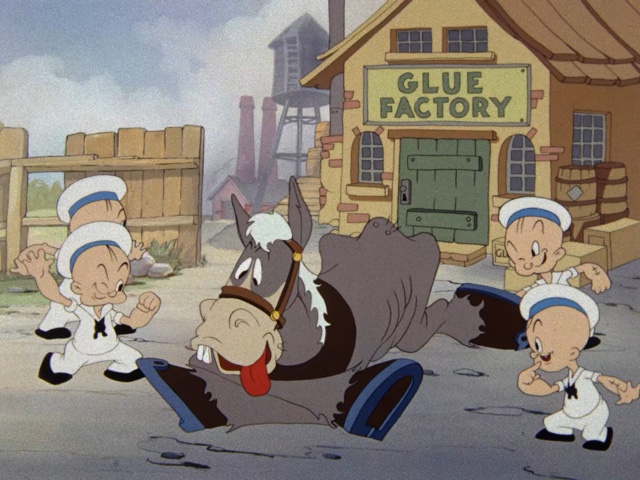No. A lot of people believe that that gelatin is made from horse hooves, but that isn’t true. Glue is made from horse hooves. Back in the old days, it was a standard joke to say that a horse was so old and decrepit that the glue factory wouldn’t take him. People have been making glue from horse hooves for over 10,000 years. In prehistoric times, horse hoof glue was used to stiffen bows and to attach feathers to arrows. Horse hoof glue is still made. It is used in cabinetry, woodworking, violin making, etc. Most commercial gelatin is made from pigskin, although it can also be made from other animal parts. Gelatin can be found in hundreds of supermarket products, not just Jello and marshmallows. The most important thing to know about gelatin is that it is not stable like cornstarch or tapioca. Gelatin gets more firm with time. Gelatin desserts are best eaten within 1 or 2 days after they are made. Once Jello is 5 or 6 days old, it starts to turn rubbery, and it gets more rubbery as it gets older.

